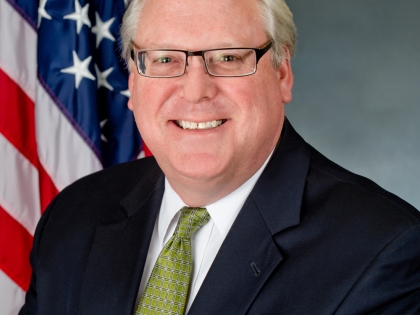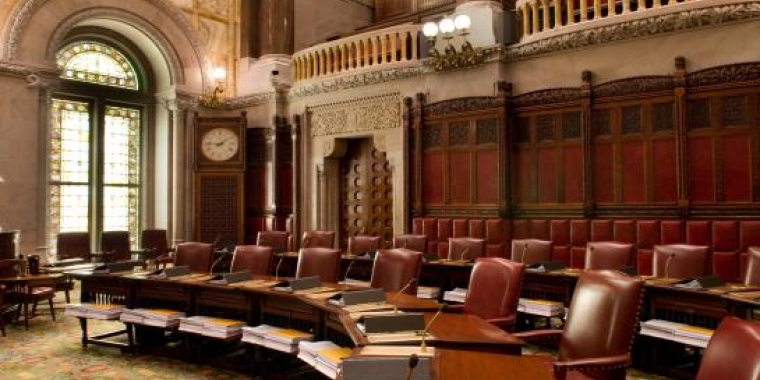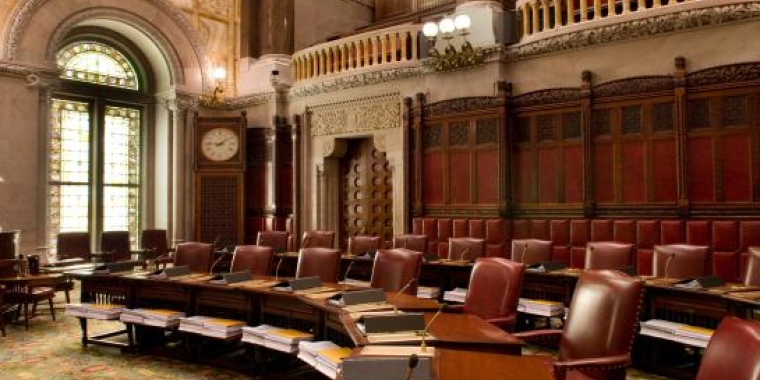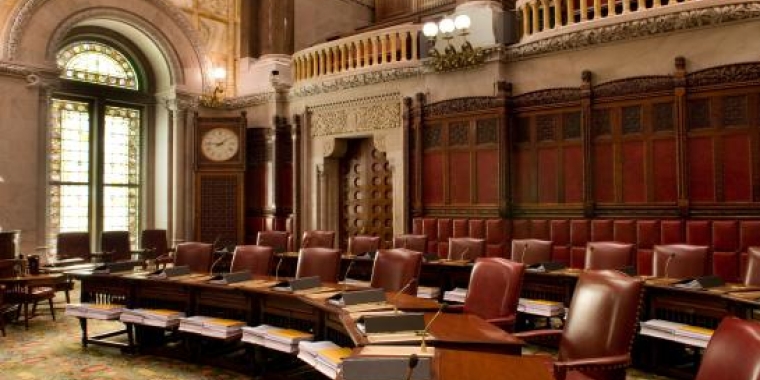
O'Mara, Palmesano and Friend call on Cuomo administration to release funding for local road and bridge work: Warn that a prolonged slowdown on local road and bridge projects will have severe economic consequences and lead to job losses
May 27, 2020

Elmira, N.Y., May 27—State Senator Tom O’Mara (R,C,I-Big Flats), Assemblyman Phil Palmesano (R,C,I-Corning), and Assemblyman Chris Friend (R,C,I-Big Flats) are calling on the Cuomo administration to give counties across the region the go-ahead to start this summer’s local road and bridge projects.
They said that the local transportation work remains on hold awaiting the release of state funding as well as the necessary state authorizations that counties are required to have before moving forward with projects.
In a letter to Governor Andrew Cuomo (attached above), the area state lawmakers highlighted the importance of the work to local economies across upstate, rural New York. They urged the governor to immediately direct the state Department of Transportation (DOT) to release approximately $743 million in local transportation aid enacted earlier this year as part of the 2020-2021 state budget, including funding through several key programs including the Consolidated Local Streets and Highway Improvement Program (CHIPS), PAVE-NY, BRIDGE-NY, and Extreme Winter Recovery.
They warn that the state cannot afford to risk the economic consequences of a prolonged slowdown in local road and bridge work.
O’Mara, Palmesano, and Friend wrote in their May 27th letter to Cuomo, “As you know, over the past decade we have worked closely with county and town highway superintendents and local transportation leaders from throughout New York State to help lead the ‘Local Roads Matter’ advocacy campaign that has continually highlighted the fundamental role that this system plays as a foundation of local economies.
“Furthermore, we have appreciated working together with you and your administration to strengthen New York State’s support for local roads, bridges, and culverts through the CHIPS, PAVE-NY, and BRIDGE-NY programs, as well as other capital programs and initiatives like the Extreme Winter Recovery allocations that have made an enormous difference for the quality and strength of local communities and local economies, and to help ease the burden on local property taxpayers.
“Now that New York is beginning to reopen and as we all look forward to getting our local economies moving again, we believe it should be a top priority to maintain a strong state commitment to local transportation infrastructure as one effective and commonsense way to reinvigorate economic sectors that have been hit so hard by the COVID-19 response.
“To put it simply and straightforwardly, we do not believe New York State can afford to risk the consequences of a further prolonged slowdown in local road and bridge work.”
Since 2013, O’Mara, Palmesano, Friend and many of their legislative colleagues have joined county and town highway superintendents and other local transportation leaders from throughout New York to promote a stronger state commitment to local transportation infrastructure through the “Local Roads Matter” advocacy campaign. Over the past seven years, largely through a series of “extreme winter recovery” allocations distributed through the CHIPS funding formula, and together with the PAVE-NY and BRIDGE-NY programs established in 2016, important increased state support has been provided for New York’s counties, cities, towns, and villages.
In their letter to the governor, O’Mara, Palmesano, and Friend wrote, “We listened with great interest to your May 26th daily briefing during which you urged the federal government to fully recognize the importance, effectiveness, and common sense of infrastructure development as a surefire way to create jobs and stimulate the economy. We could not agree more – and we could not agree more that it would be an equally important way for New York State to truly begin jumpstarting local economies upstate and downstate. While your May 26th briefing largely focused on downstate initiatives and projects, we are confident that you fully recognize that local transportation infrastructure projects remain the lifeblood of so many upstate, rural economies.”
Share this Article or Press Release
Newsroom
Go to Newsroom

